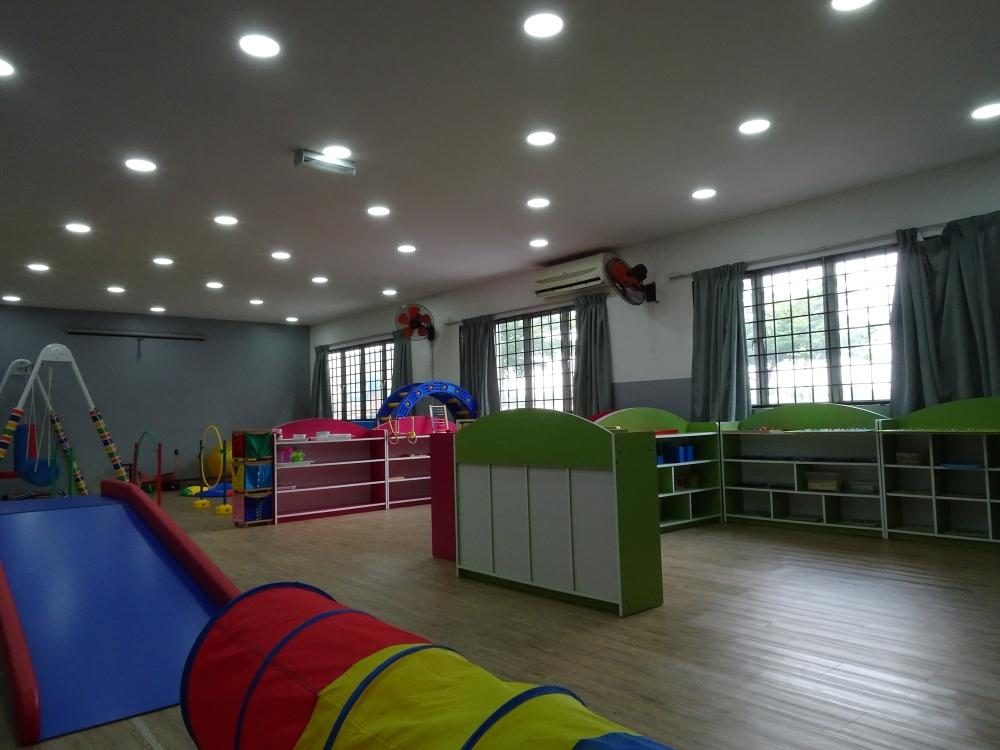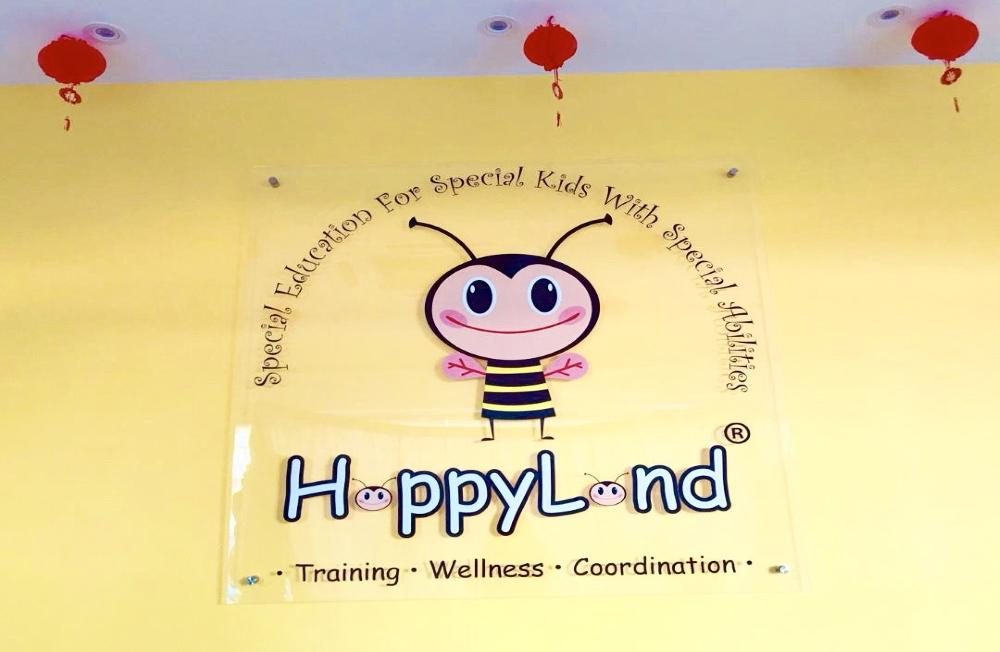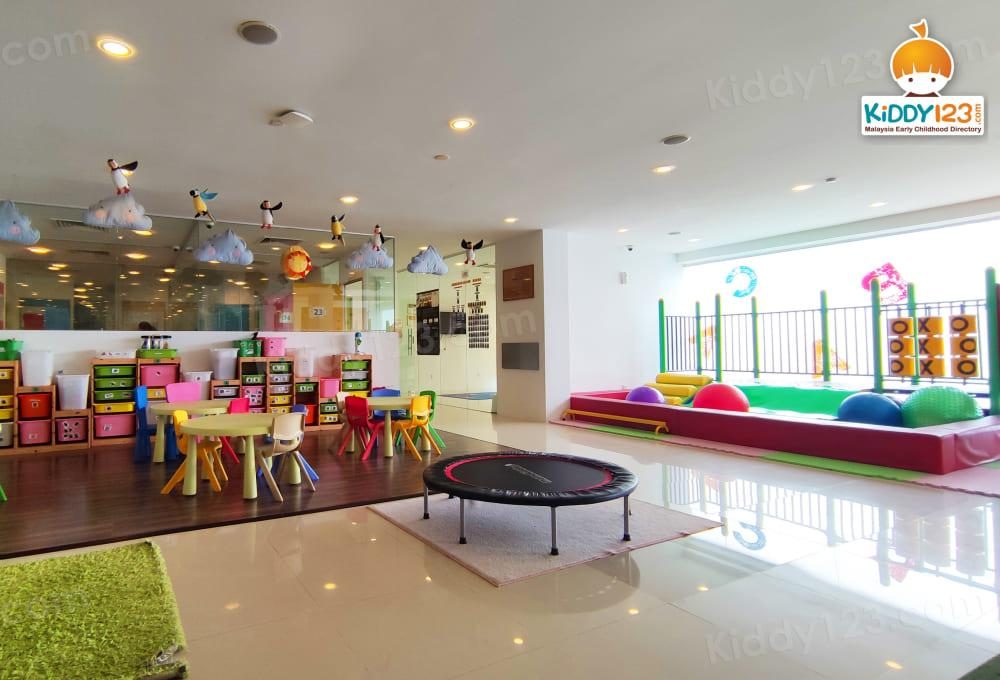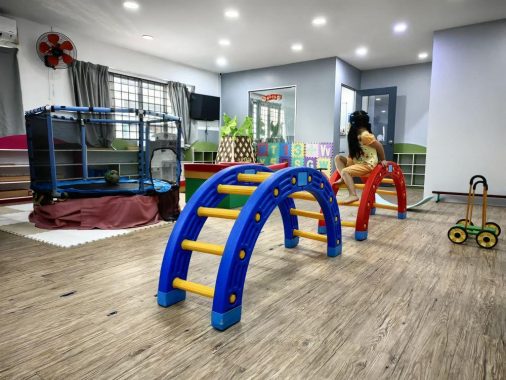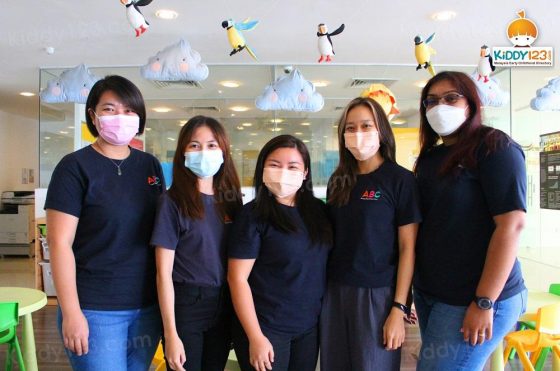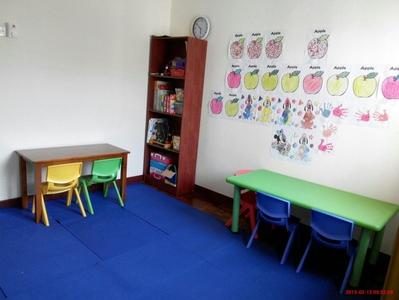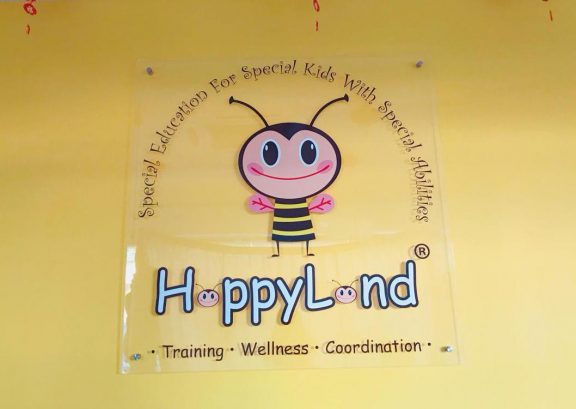How Much Do You Know About Down Syndrome? Here’s a Fact Sheet
by on 05/07/2025 ...
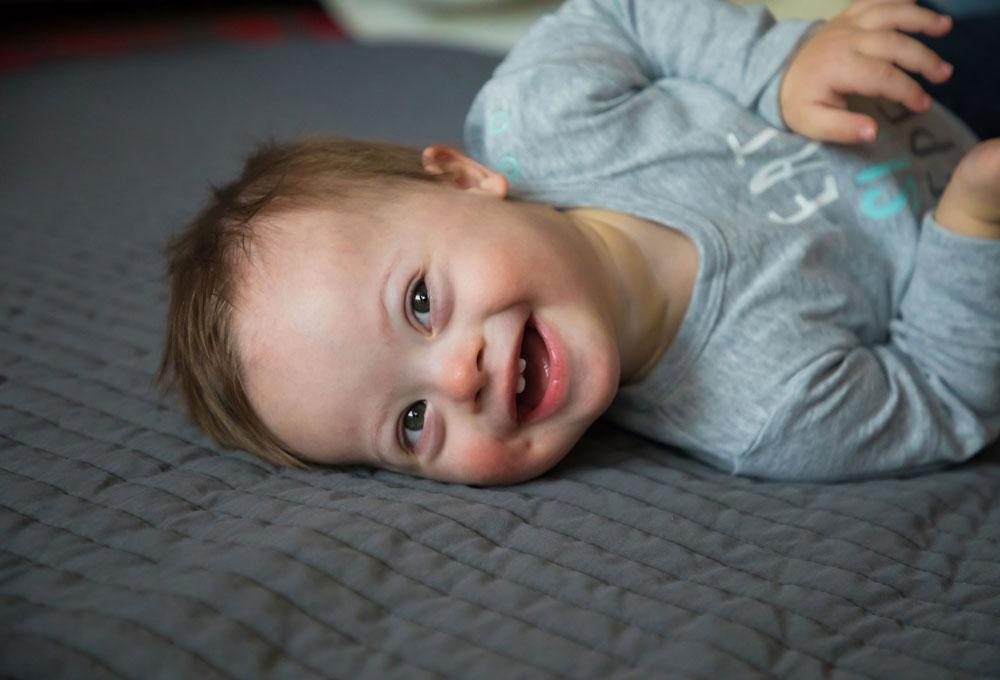
Down Syndrome is a genetic disorder seen in about 1 in 800 births.
Babies normally have 46 chromosomes, but people with Down Syndrome are born with an extra copy of chromosome 21.
Let’s learn more about the condition with some key facts.
|
1. Types of Down Syndrome |
|---|
|
Trisomy 21 The most common type. It happens when there are 3 number 21 chromosomes in every cell of the body. About 95% of people diagnosed fall into this group. Translocation The second most common type, where a part of chromosome 21 breaks off and attaches to another chromosome. This happens in about 4% of cases. Mosaic The least common type, which occurs in about 1% of the population. Only some cells will have an extra copy of chromosome 21. People with this variant usually have fewer characteristics of Down syndrome. |
|
2. Characteristic Physical Features |
|---|
|
People with the condition typically have:
|
|
3. Risks Factors |
|---|
|
The chance of a having a baby with Down syndrome increases if:
|

|
4. Developmental Delays |
|---|
|
Every person with Down syndrome is different; each having their own abilities and talents. Although children with the condition often meet age-related milestones, they may be slower at learning. They may also experience:
|
|
5. Health Complications |
|---|
|
A lot of kids with Down syndrome don’t suffer from any major birth defects, but show the common facial features. Still, some might have medical complications. Here are some of the more common ones:
|
|
6. Screening and Testing |
|---|
|
It is possible to screen for Down syndrome during pregnancy. It usually involves a blood test from the mother and an ultrasound scan that creates a picture of the baby. Testing is done after a positive screening test, to confirm a diagnosis for Down syndrome. There are several tests that can be done, including amniocentesis (where a small amount of amniotic fluid is removed for testing) and chorionic villus sampling (involving a small sampling of cells from the placenta). |

|
7. Treatments |
|---|
|
There is no cure for Down syndrome. It is a lifelong condition. However, there are many different treatments and therapy options that can highly benefit a child with Down syndrome—enabling a better chance at independence and the reaching of one’s potential. These include:
|
If you have a child with Down syndrome, remember to work with and seek advice from health and education professionals.
For more information on educational resources for children with special needs in Malaysia, click here.
Contact: Autism Behavioral Center (ABC), Bangsar, Kuala Lumpur

















